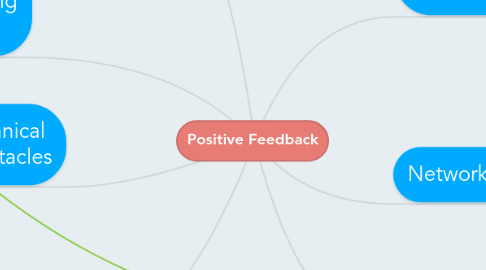Positive Feedback
by Kyle Nelson

1. Performance of Products vs. Compatibiity
1.1. Backward compatibility is one of the best ways for a product to begin to take over market share even when the market is dominated by another competitor.
1.2. Evolutionary vs Revolutionary, the former offers a product with backward compatibility that includes better functionality and revolutionary completely changes the game to attract new customers.
2. Evolution of the products and offering migration paths
2.1. Taking tiny evolutionary steps forward is much easier to do than making giant leaps which cause customers to make major changes
2.2. Intel switching from 32-bit technology to the better 64-bit offered a chip that had both functionalities because it knew it would be especially vulnerable during the switch.
3. Technical Obstacles
3.1. A major technical obstacle faced by product visionaries is changing products in a major way while keeping switching costs low.
3.2. One-way compatibility is a way to deal with performance for example Windows 97 could read 95 files, but not the other way around, this is a major incentive to switch.
4. Openess vs. Control
4.1. This is the struggle many new companies face, if a product takes off it is beneficial for them to have proprietary software, but it is hard to get the product to take off unless it is open.
4.2. Existing market position, technical capabilities, and control of intellectual property are critical strengths. However they can impede positive feedback.
5. Demand-side economies of scale
5.1. One reason why no car company has been able to completely dominate the car market is because economies of scale are exhausted at scales well below the market demand.
5.2. Demand-side economies of scale are the norm in information products, buyers are generally weary of products that aren't yet popular, fearing that they will pick the loser and be stranded with marginally valuable equipment.
6. Network Externalities
6.1. This is the effect used to describe networks that are large and for that reason attract more users.
6.2. Externalities arise when one market participant affect others without compensation being paid according to Shapiro (pg. 183)
7. Switching Costs
7.1. Switching costs are the costs associated with starting with one product, network, or software and needing to change out infrastructure for a new software product.
7.2. Switching costs can be a huge factor in going with the most popular product on the market, this is because it is likely the product that will survive the longest


